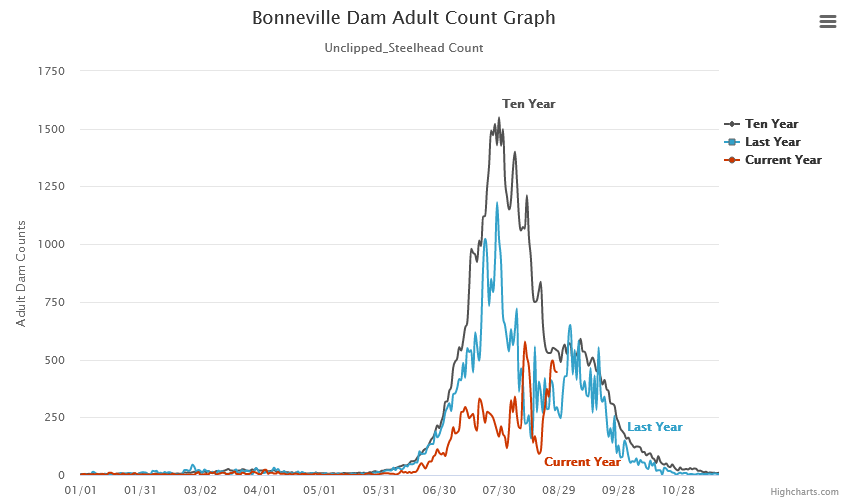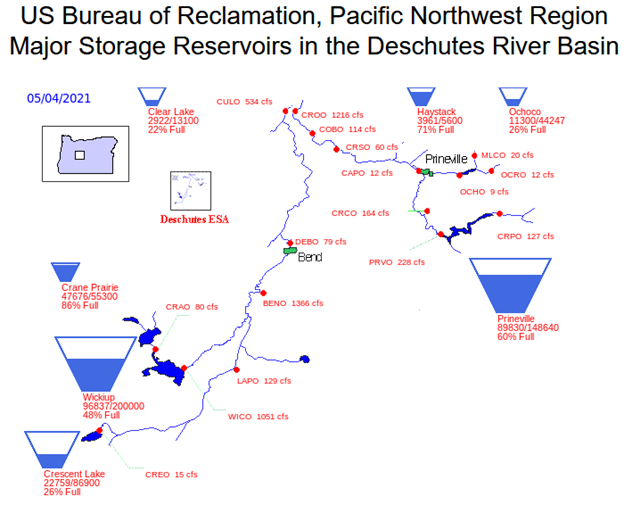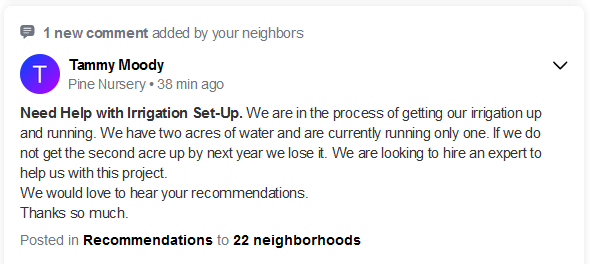The Bulletin ran a shorter version of my post about charging hobby farmers for water. I received some emails in support of my column and a couple of comments / questions that I thought would be worth briefly mentioning here. As I expected, people are in support of simply reallocating water to real agriculture and taking it away from hobby farmers. That was my position as well for a long time but it is simply not going to happen. Current laws would not allow it and our politicians are too spineless to write new ones. Others believe that water should be taken away from rights holders who do not beneficially use the water without waste. Again, I agree but it is not going to happen for the same reasons. Water rights were granted with the idea that they would promote the development and growth of the Central Oregon economy, but over the years beneficial use without waste has morphed into meaning essentially any use of water: a private pond, a huge lawn, watering weeds and rocks, etc., all currently qualify. Again, a complete lack of leadership from our elected officials is to blame. Hence, the need to charge for water. As someone pointed out, we are charged for so many other public resources, why not water, especially when it is being used for private benefit?



















